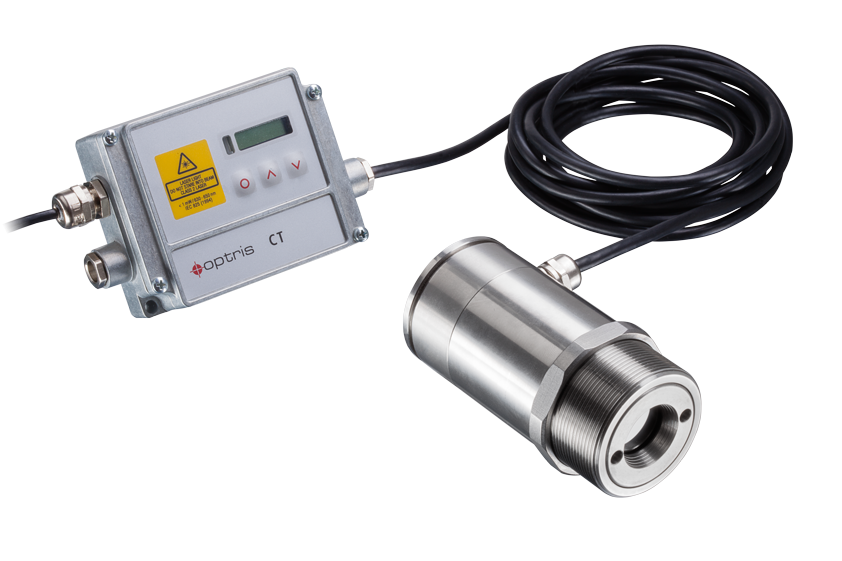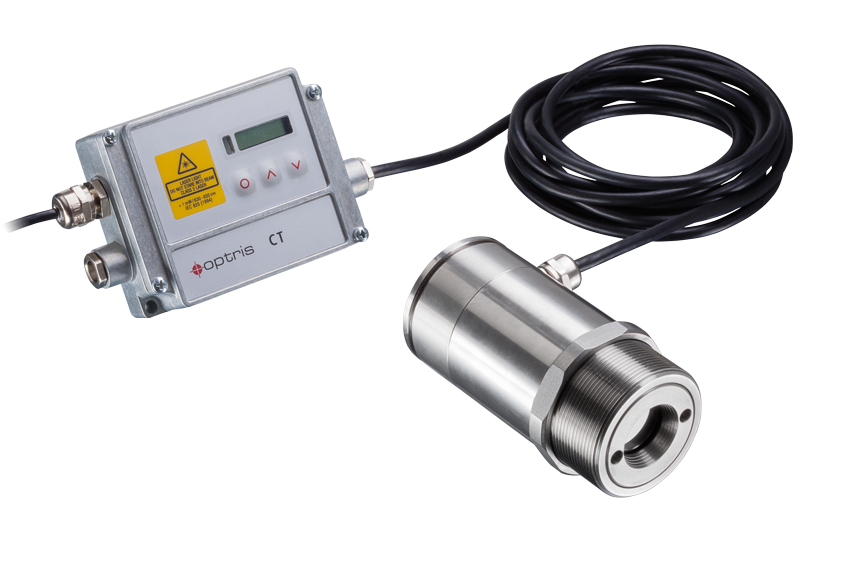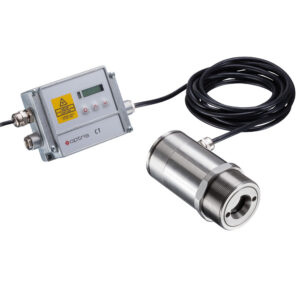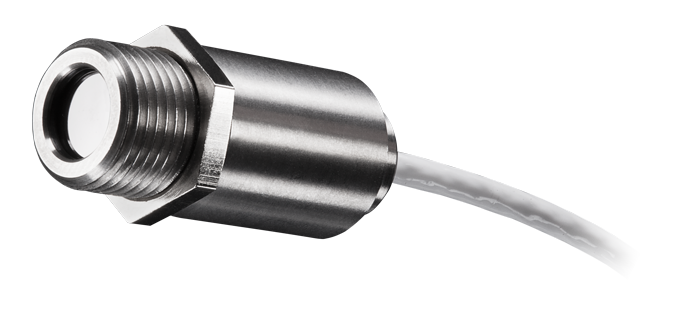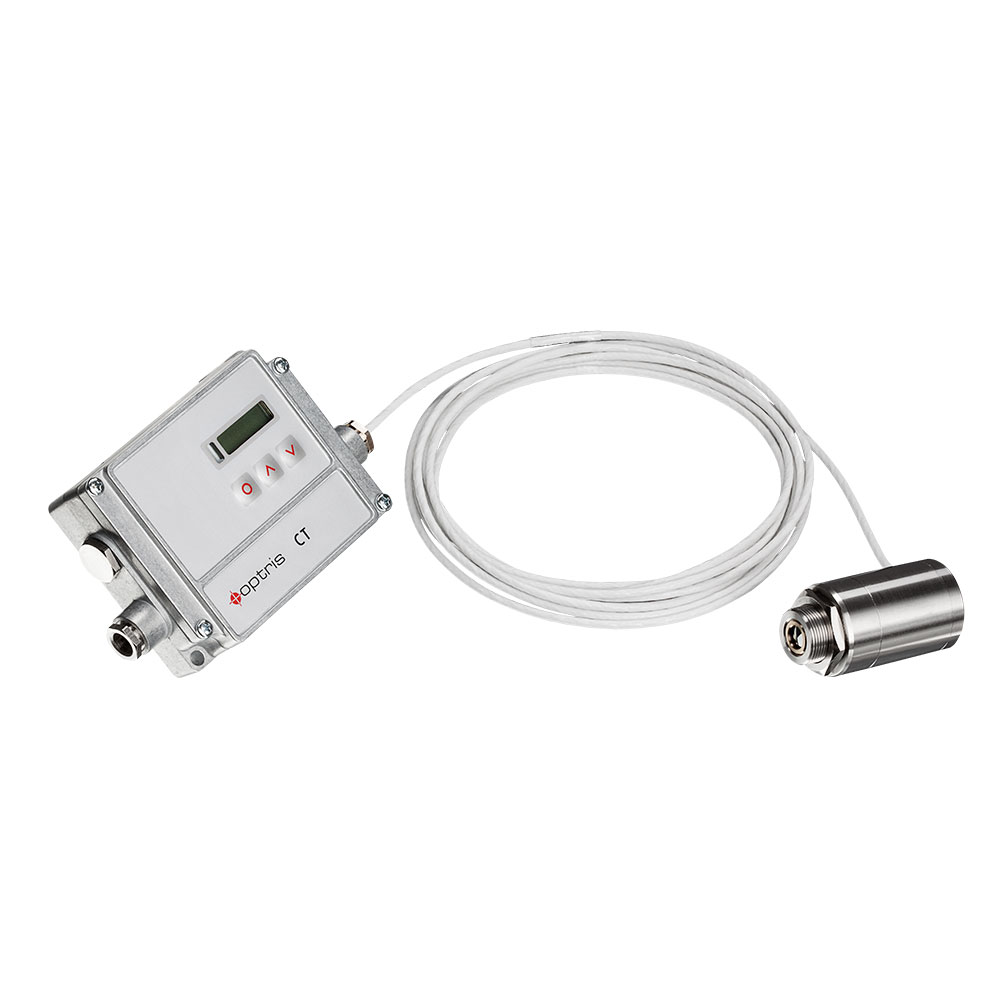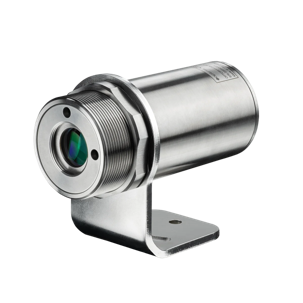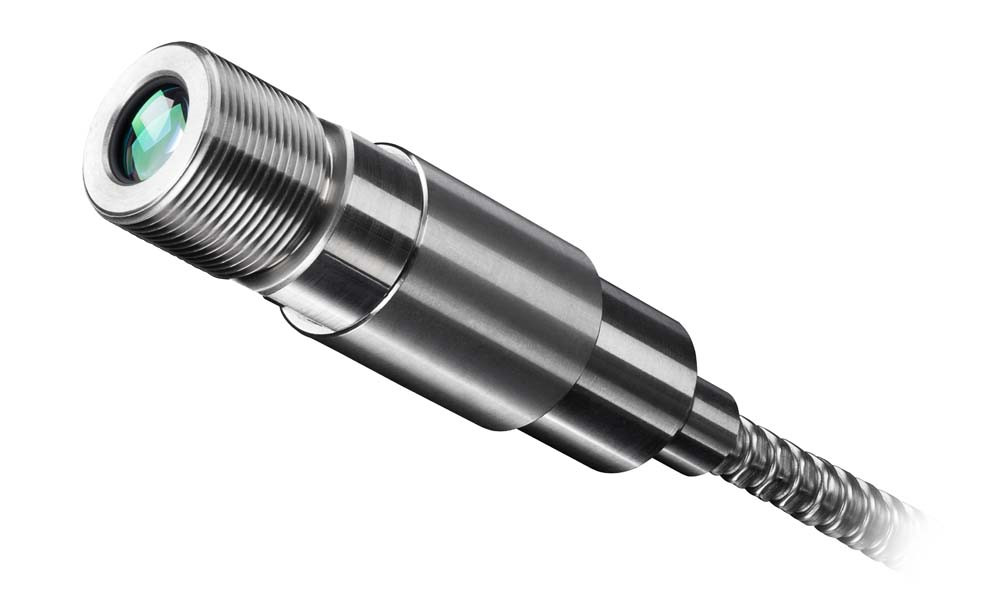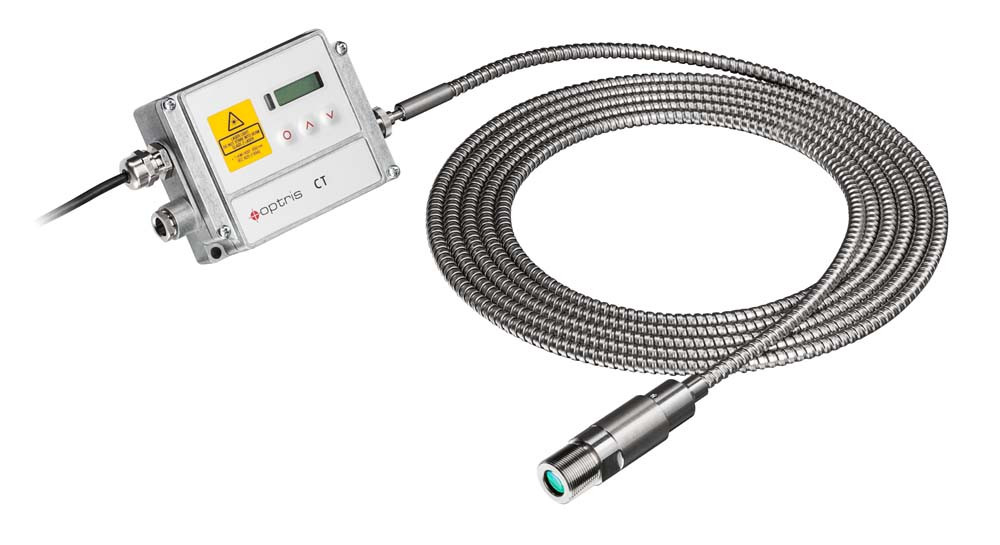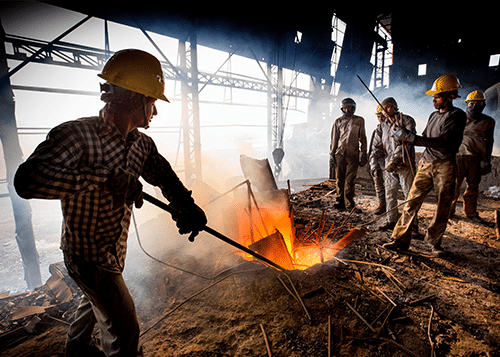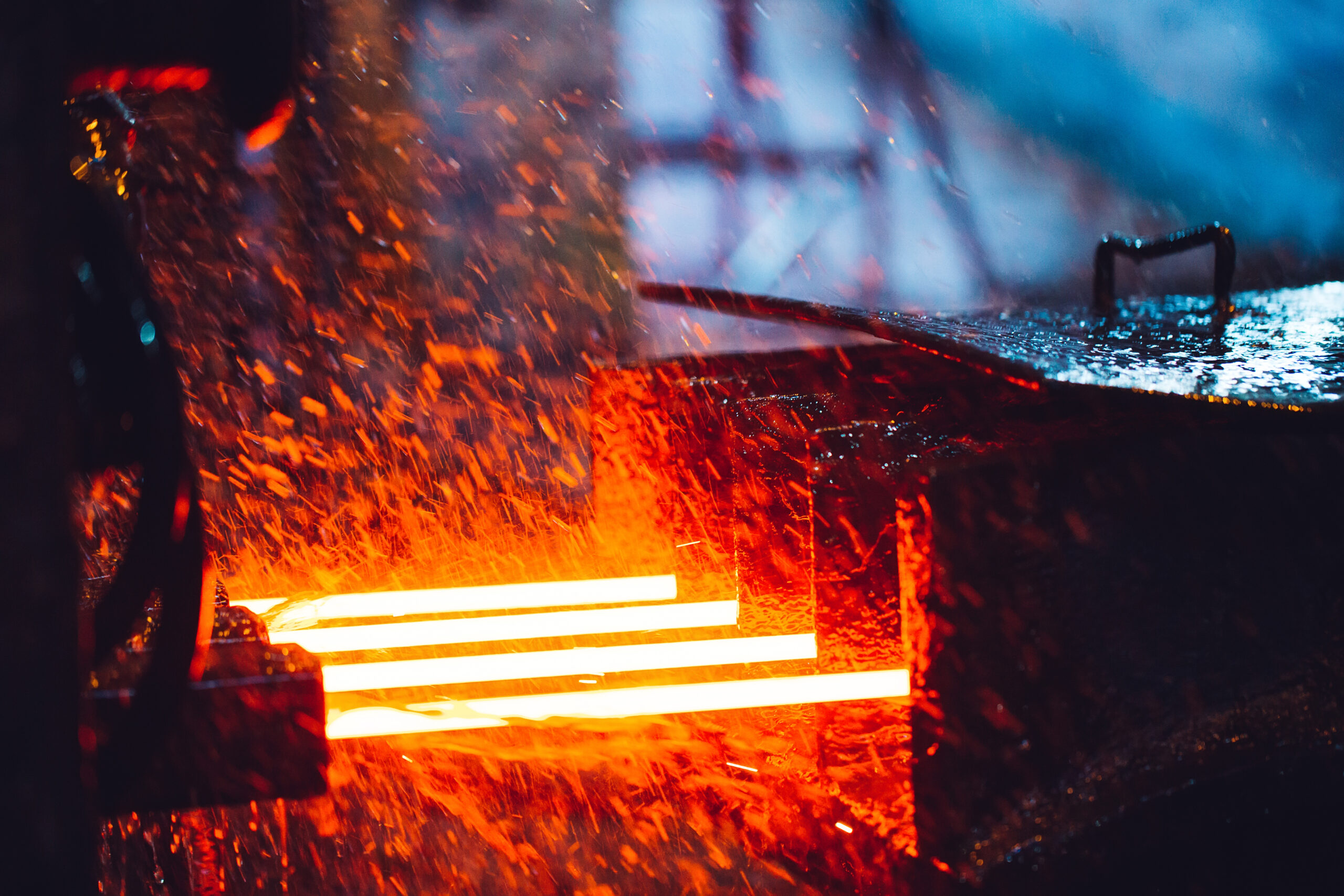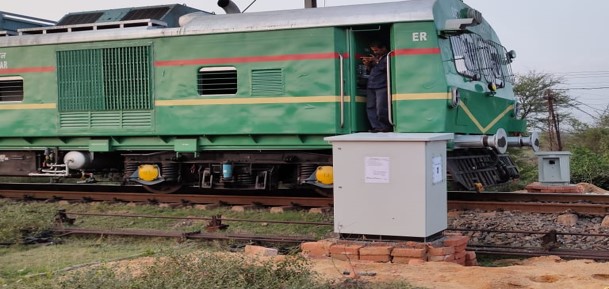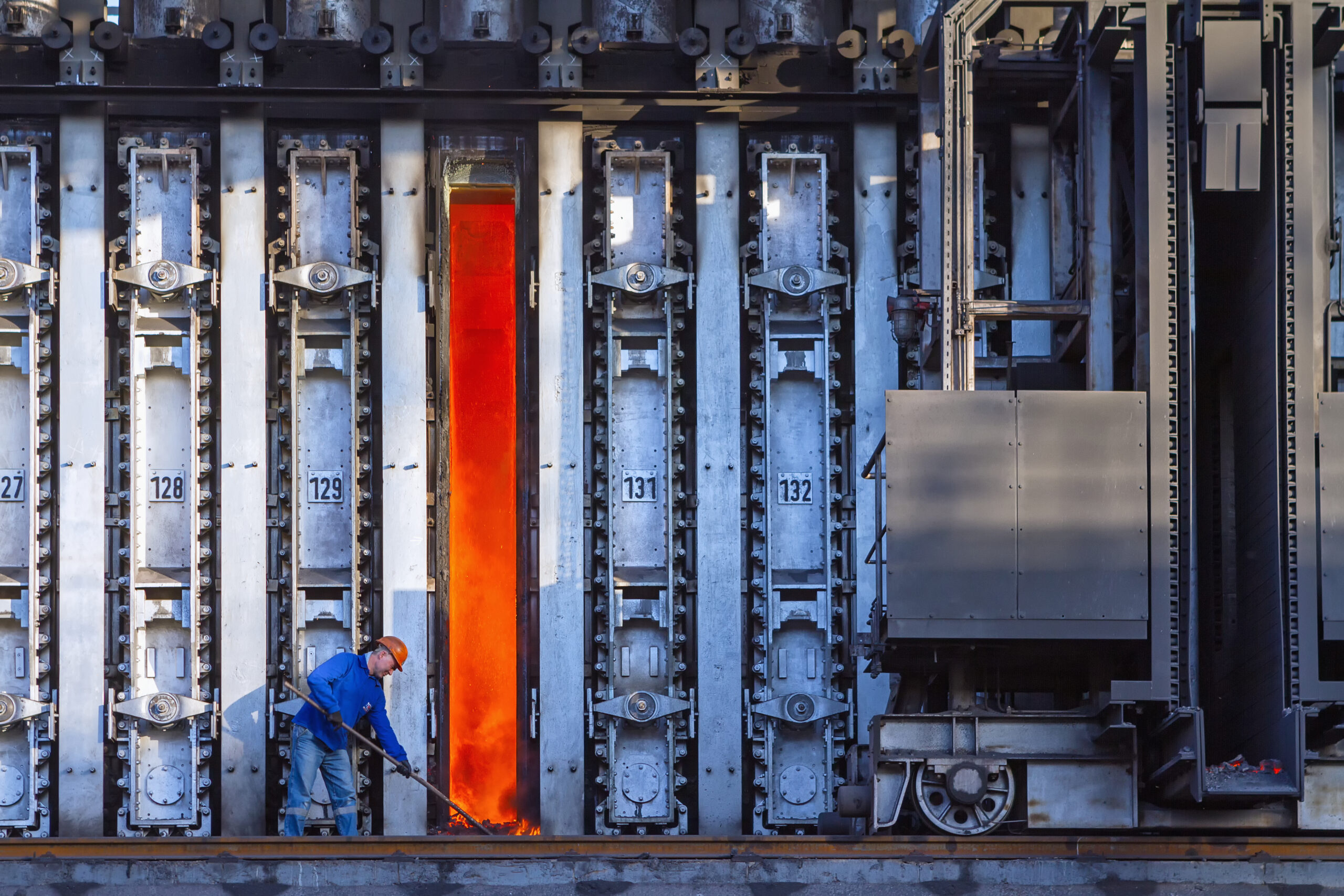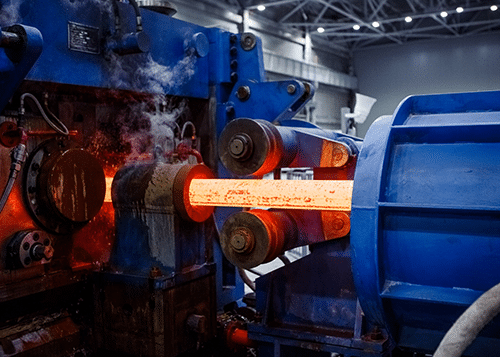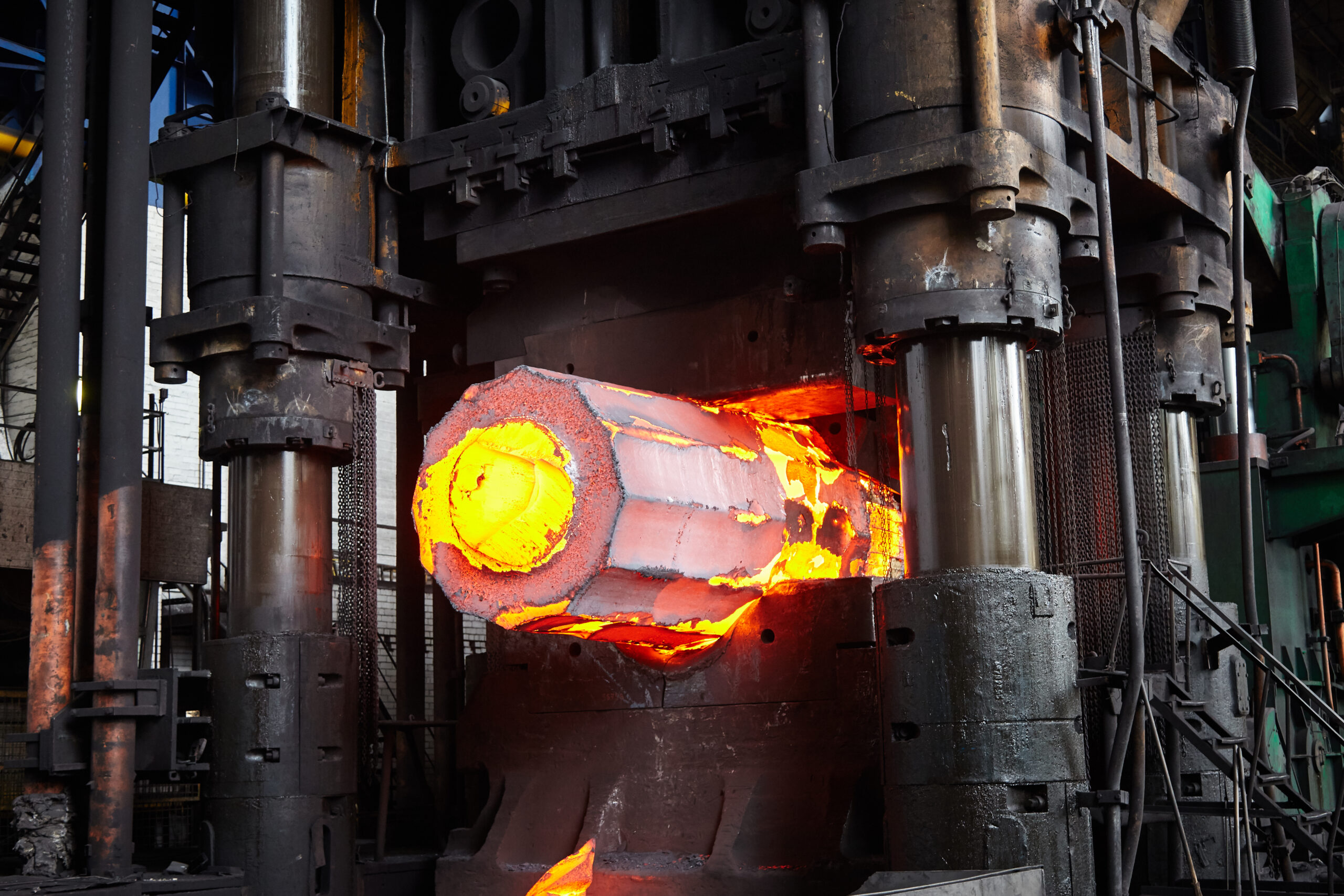Non-Contact Infrared Thermometers
Non-Contact Infrared Thermometers and Pyrometers
Non contact IR technology pyrometers for accurate temperature measurement of non metal surfaces, liquid, glass and plastic.
Non-Contact Infrared Thermometers and Pyrometers: Advanced Temperature Measurement Solutions
Infrared thermometers and pyrometers offer non-contact temperature measurement capabilities for single-point analysis. Infrared thermometers, known for their compactness, easily integrate into diverse application environments. They come in various models tailored to specific temperature ranges and wavelengths, adaptable to industrial needs.
We offer pyrometers, categorized as compact and high-performance infrared sensors. This provides flexibility in selection based on budget and performance requirements. Both series offer standard interface options for seamless integration into process control systems.
Find the best Pyrometer for your application
Temperature range: 1000-2000°C
Spectral range: 0.525 μm Response Time: 1ms
Heavy Industry, Molten Metal, Metal Processing
3x4-20 mA/ 0-10 V
Ethernet
Android
USB
Temperature range: 250-2200°C
Spectral range: 1.0/ 1.6 μm Response Time: 1ms / 10ms
Metal Processing Surveillance of Rolling Mills, Die Forming, Forging, Welding
3x4-20 mA/ 0-10 V
Ethernet
Android
USB
Temperature range: 100-1650°C
Spectral range: 5.0 μm Response Time: 10 -120 ms
Glass surface, vehicle glass, solar cells, flat glass, glass bottles, lab glass
3x4-20 mA/ 0-10 V
Ethernet
Android
USB
Temperature range: -50-1030°C
Spectral range: 8 – 14 μm Response Time: 14 ms
Multipurpose, Electrical Maintenance, Thermoforming
3x4-20 mA/ 0-10 V
Ethernet
Android
USB
Temperature range: -50-975°C
Spectral range: 8 – 14 μm Response Time: 6 ms
Glass, Plastics, Railways
3x4-20 mA/ 0-10 V
Ethernet
Android
USB
Temperature range: -40-975°C
Spectral range: 8 – 14 μm Response Time: 100 ms
Glass, Plastic, Metals, Driers and Ovens, Textiles, Semiconductors
3x4-20 mA/ 0-10 V
Ethernet
Android
USB
Ratio Pyrometers
Temperature range: 250-3000°C
Spectral range: 0.8 – 1.75 μm Response Time: 1 ms – 10 s
Metal Processing applications with harsh conditions of dust, steam
3x4-20 mA/ 0-10 V
Ethernet
Android
USB
Temperature range: 450-3000°C
Spectral range: 0.8 – 1.1 μm Response Time: 1ms – 10 s
Metal Processing applications with heavy soiling and low visibility
3x4-20 mA/ 0-10 V
Ethernet
Android
USB
Temperature range: 250-3000°C
Spectral range: 1.45 – 1.75 μm Response Time: 1ms – 10 s
Metal Processing applications with heavy soiling and low visibility
3x4-20 mA/ 0-10 V
Ethernet
Android
USB
Applications of Pyrometers
Pyrometers, particularly infrared thermometers, have become essential tools across various industries where precise temperature monitoring is of utmost importance. Here is a list of multifaceted applications of pyrometers in different sectors:
Steel Industry
In the steel manufacturing process, pyrometers are utilized to measure the temperature of molten metal in furnaces and ladles. This ensures optimal casting conditions, helps control alloy compositions, and enhances the overall quality of the steel produced. Continuous temperature monitoring also aids in preventing overheating, which certainly leads to equipment damage and production delays.
Glass Manufacturing
Pyrometers are extensively employed in glass manufacturing plants to monitor the temperature of molten glass in furnaces. Maintaining precise temperatures is crucial for achieving the desired viscosity and consistency of the molten glass, thereby ensuring the production of high-quality glass products. These pyrometers help in optimizing energy consumption by regulating furnace temperatures efficiently.
Ceramics Production
In ceramic manufacturing, pyrometers play a vital role in temperature control. These instruments facilitate the proper curing and firing of ceramic materials by accurately measuring the temperature profiles inside kilns. This ensures uniform heating, minimizes thermal stress on the ceramics, and prevents defects such as warping or cracking, ultimately leading to superior product quality.
Automotive Industry
Pyrometers are found to be extensively used in automotive manufacturing processes, particularly in heat treatment applications. They are employed to monitor the temperature of metal components during processes like welding, forging, and annealing. Precise temperature control is essential to achieve desired material properties like strength, hardness, and durability, ensuring the production of reliable automotive parts.
Plastics Industry
In plastic processing facilities, pyrometers control extrusion temperatures during molding and shaping processes. Maintaining the correct melt temperature is critical for achieving proper flow characteristics and dimensional accuracy in molded plastic products. Pyrometers enable real-time monitoring and adjustment of temperatures, enhancing process efficiency and product quality
Food Processing
Pyrometers are important in ensuring food safety and its quality in the food processing industry. The devices are used for monitoring and controlling cooking, baking, and sterilization processes. By accurately measuring surface temperatures of food products and processing equipment, pyrometers help prevent undercooking or overcooking, ensuring compliance with food safety regulations and delivering consistent product quality.
Energy Sector
In power plants and energy production facilities, pyrometers monitor boiler and turbine temperatures. Maintaining optimal operating temperatures is essential for maximizing energy efficiency and prolonging equipment lifespan. Pyrometers aid in the early detection of potential overheating issues, allowing for timely maintenance and preventing costly downtime.
Aerospace and Defense
Pyrometers are significant in aerospace and defense applications, particularly thermal testing and materials research. These devices measure high temperatures in engines, exhaust systems, and thermal protection materials. Accurate temperature data obtained from pyrometers helps engineers assess the performance and durability of components under extreme operating conditions, ensuring safety and reliability in aerospace applications.
Pyrometers are important tools across various industries, facilitating precise temperature monitoring and control essential for optimizing processes, ensuring product quality, and enhancing operational efficiency. These devices’ versatility and accuracy make them invaluable assets in various industrial applications, contributing to advancements in manufacturing, materials science, and quality assurance.
FAQs on Pyrometers
Stationary infrared thermometers play a crucial role in manufacturing quality control, offering non-contact temperature measurement and real-time data display. They also facilitate the process of temperature control. The versatility of pyrometers allows for easy integration into existing production systems and futureproofing of new installations, often in collaboration with OEM partners in mechanical engineering. These instruments find wide-ranging applications across various industries.
Industrial Processes: Pyrometers play a crucial role in monitoring and controlling temperature in various industrial processes such as steel manufacturing, forging, annealing, and heat treatment.
Glass and Plastics Manufacturing: Pyrometers ensure precise temperature control during the melting and forming of glass and plastics, ensuring product quality.
Non-contact Measurement: Pyrometers can measure temperature without physically touching the object, making them ideal for applications where contact may alter the temperature or damage the object.
Wide Temperature Range: Depending on the type, pyrometers can measure temperatures ranging from low to extremely high (several thousand degrees Celsius).
Fast Response Time: Pyrometers provide rapid temperature readings, enabling real-time monitoring and control of processes.
A point measuring infrared thermometer should be used if you know where the critical point or the area to be measured is positioned within your application. The size of the measuring object is important to define which lens is necessary. It is therefore possible to monitor the accurate temperature and optimize processes – if necessary – before quality problems arise
Our temperature sensors can be installed as part of the process with mounting brackets or flanges. Depending on the device, we offer different analog and digital interfaces for data evaluation such as triggering, alerting or saving of data.
Analog Interfaces: 0 – 20 mA, 4 – 20 mA, 0 – 5 V, 0 – 10 V, Thermocouple (type J, type K) Digital Interfaces: USB, RS232, RS485, Relay, Profibus DP, Modbus RTU, Ethernet
IR thermometers use the radiation signal emitted by the entire measurement spot. The size of the measurement spot (S) largely depends on the device, the optics selected and the distance between the sensor and measurement object plane (D).
For a precise temperature measurement, the measurement spot needs to be smaller than, or the same size as the object to be measured. If the measurement spot is larger than the object, the temperature is calculated from the averaged heat radiation signal from the object and its environment. In a colder environment, it means that correspondingly, the temperature measurement value determined is too low.
Infrared thermometers typically have fixed focus optics, limiting accuracy outside preset distances. In contrast, those with variable focus allow continuous adjustment for optimal optical resolution at any distance. This versatility ensures accurate measurements across varying distances and object sizes. With variable focus, users can easily adapt to different measurement tasks without compromising accuracy.

